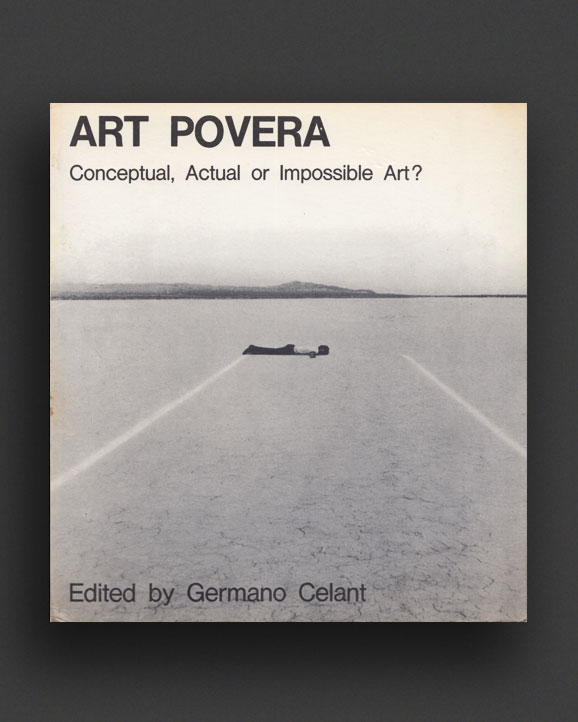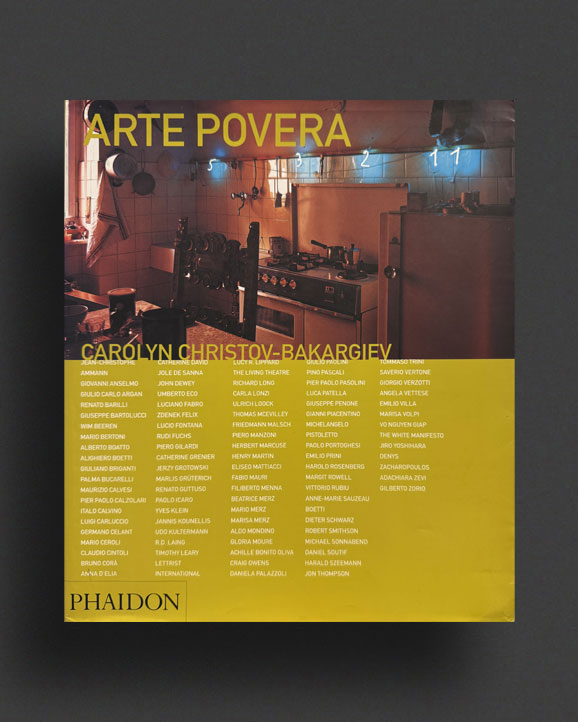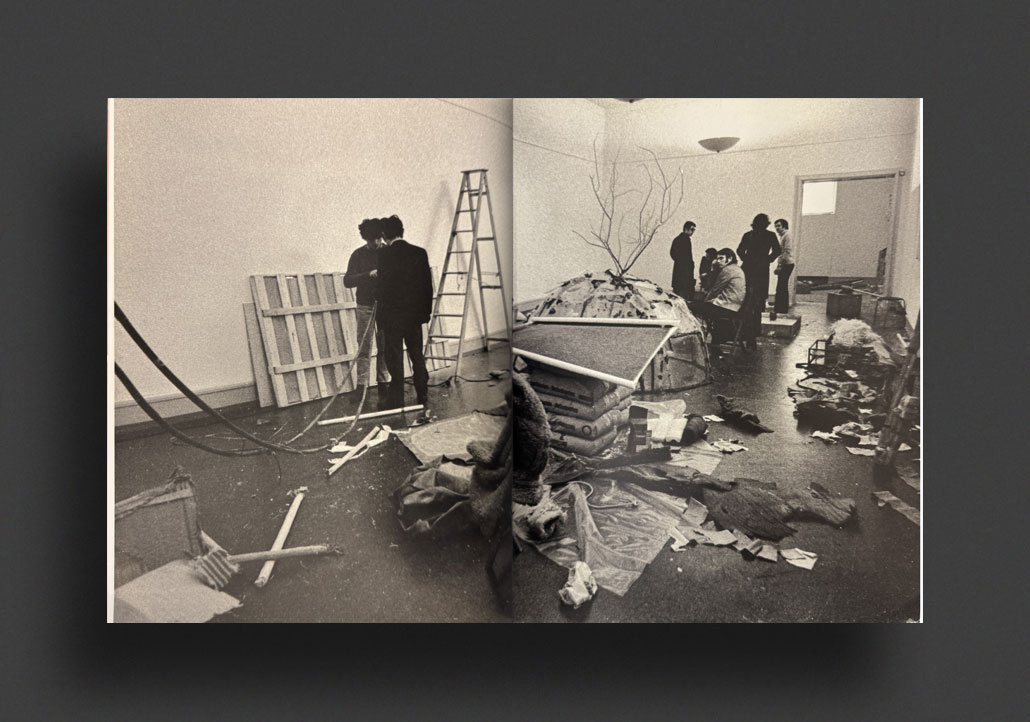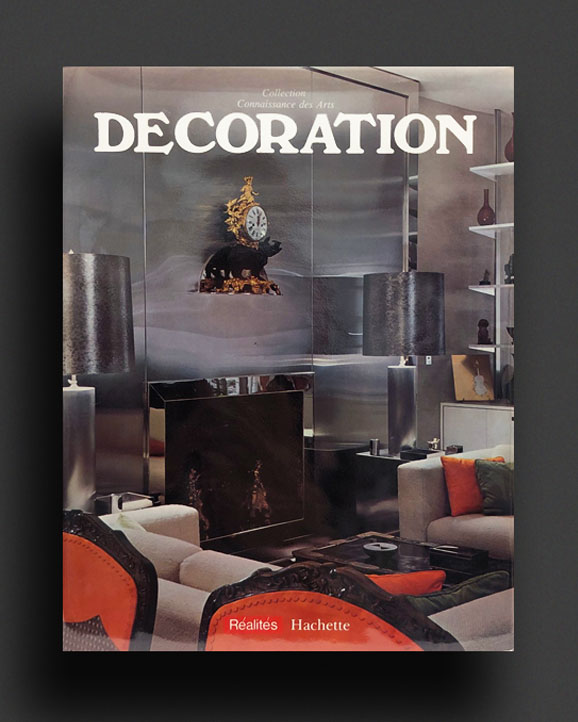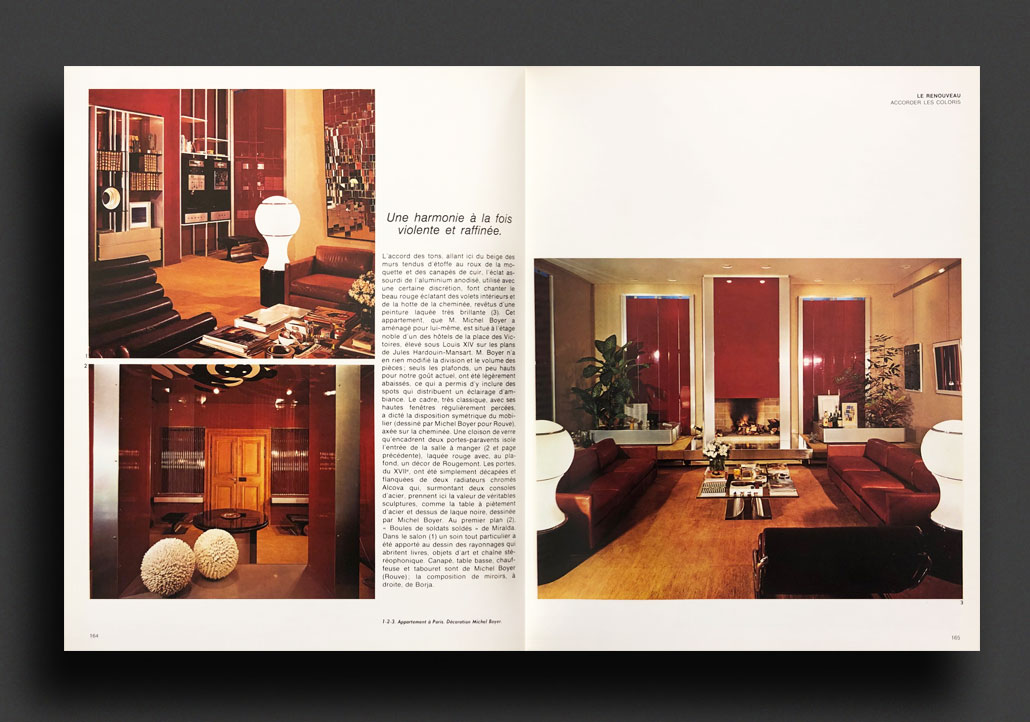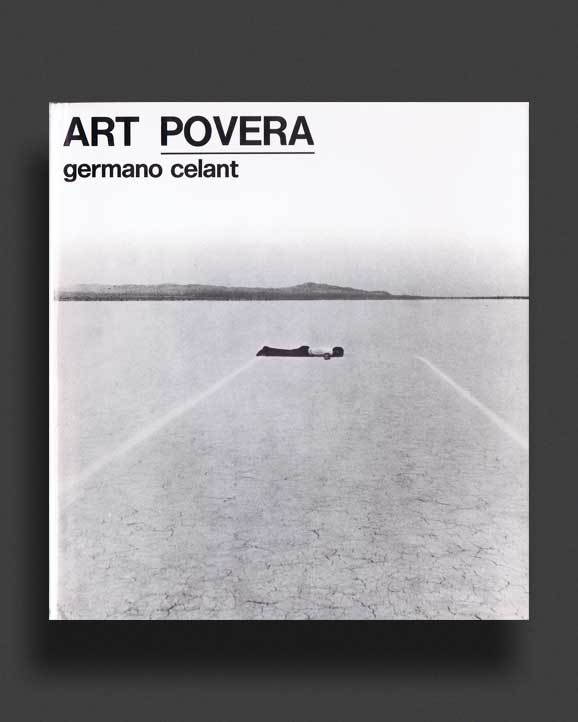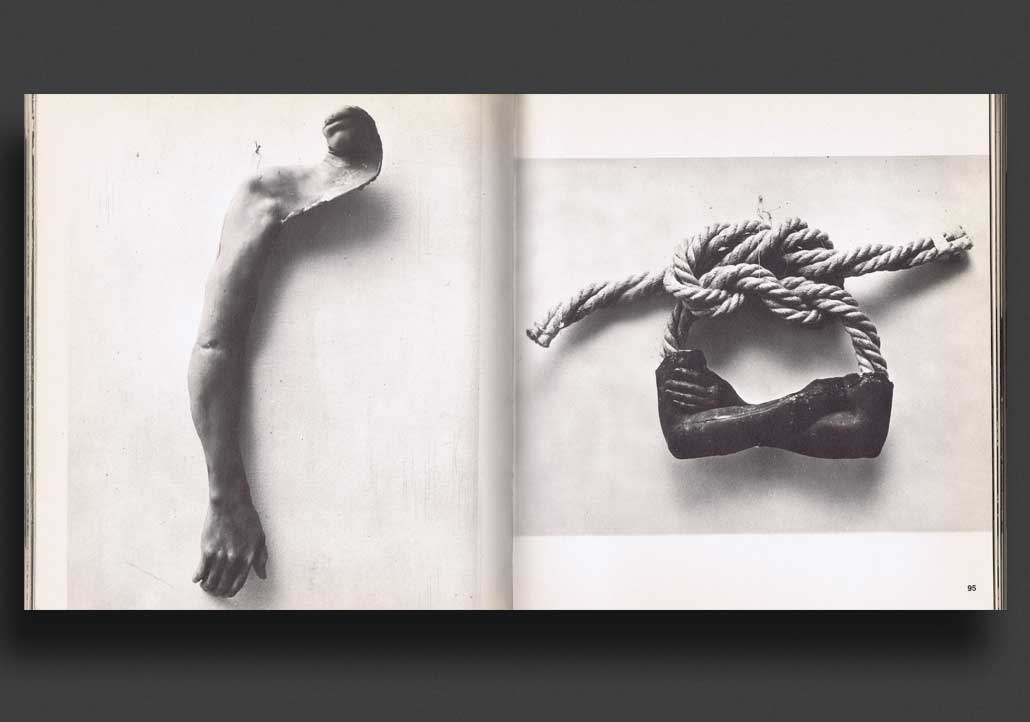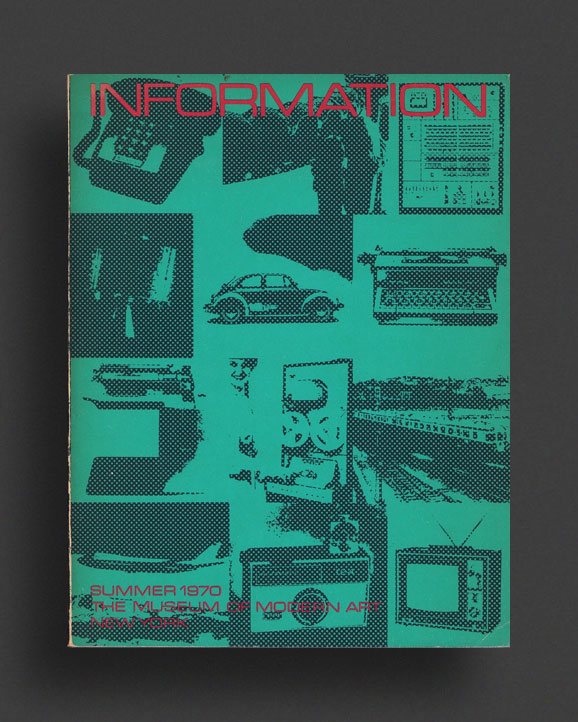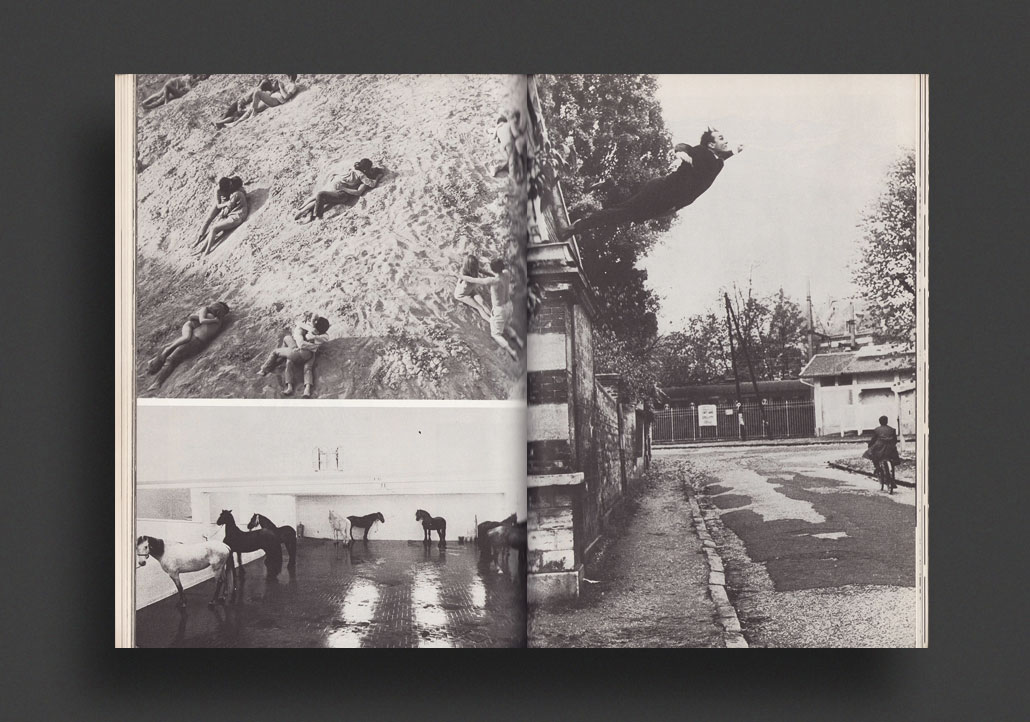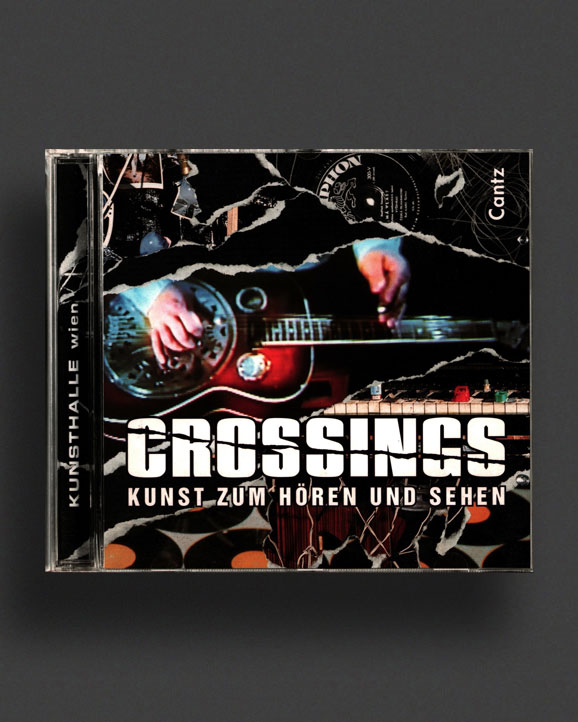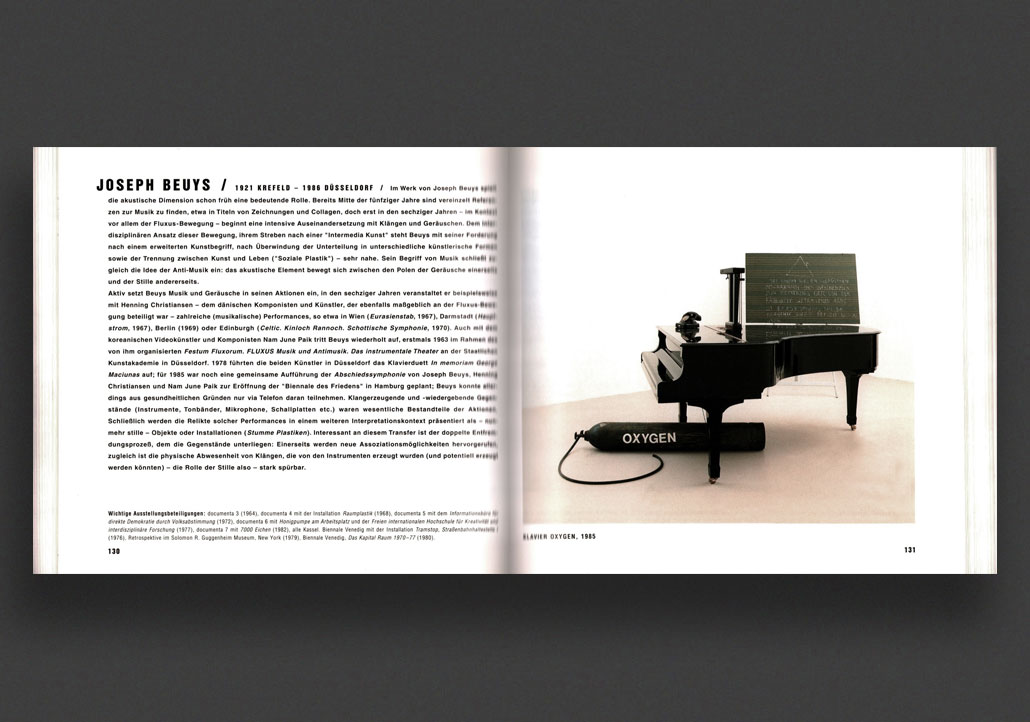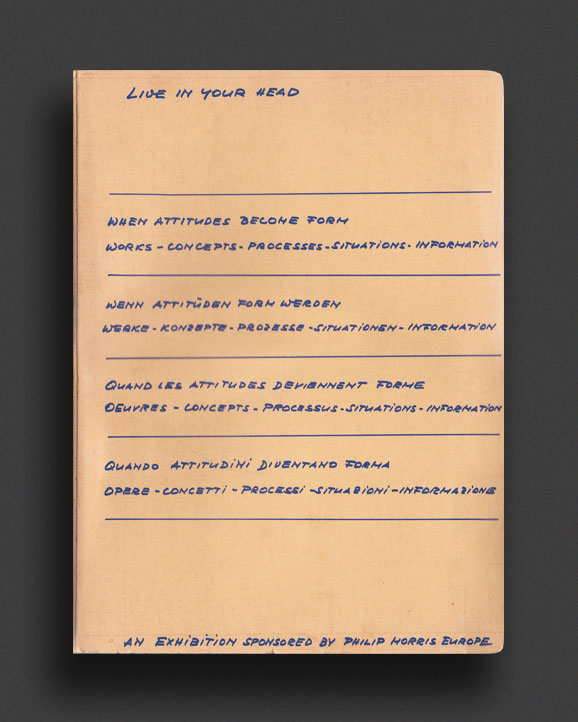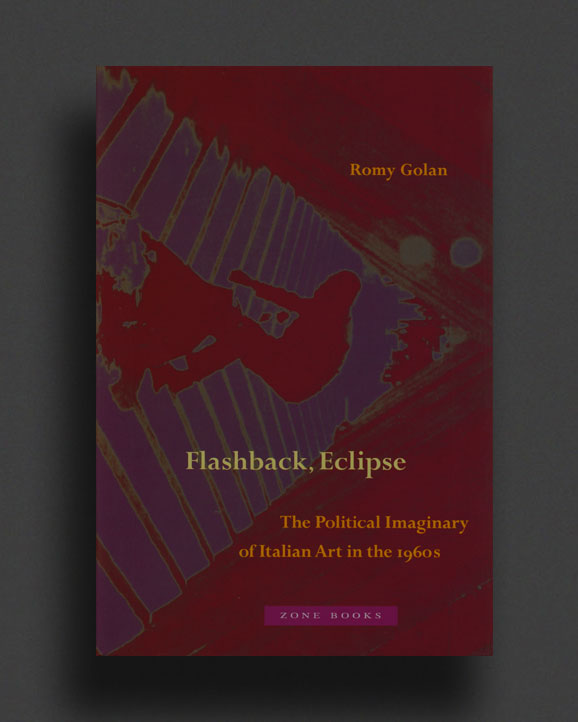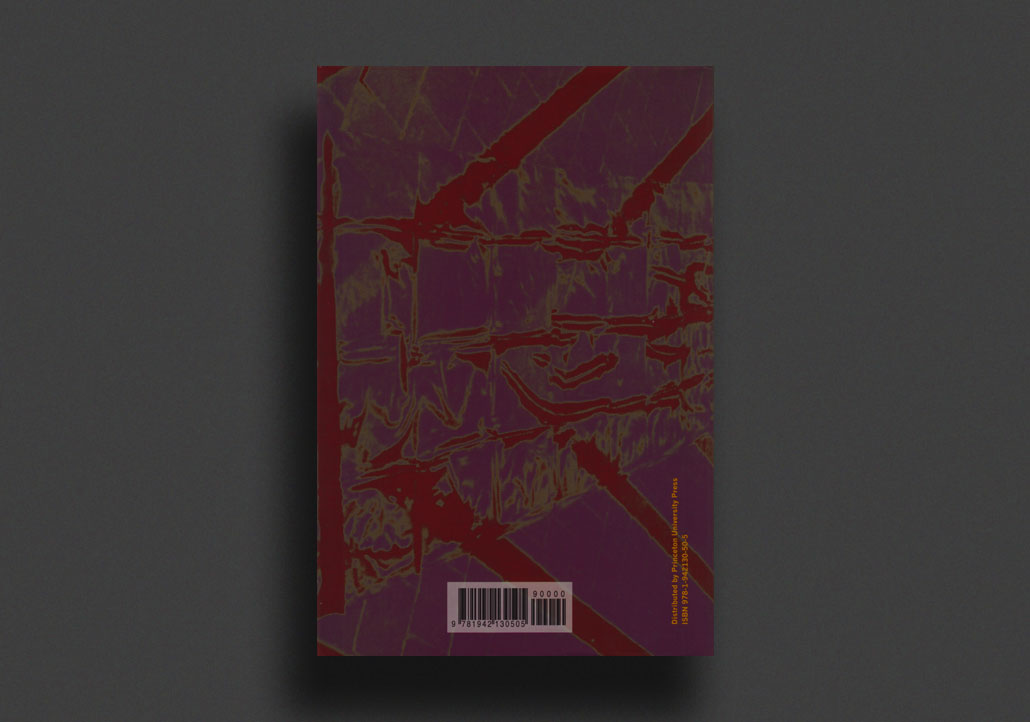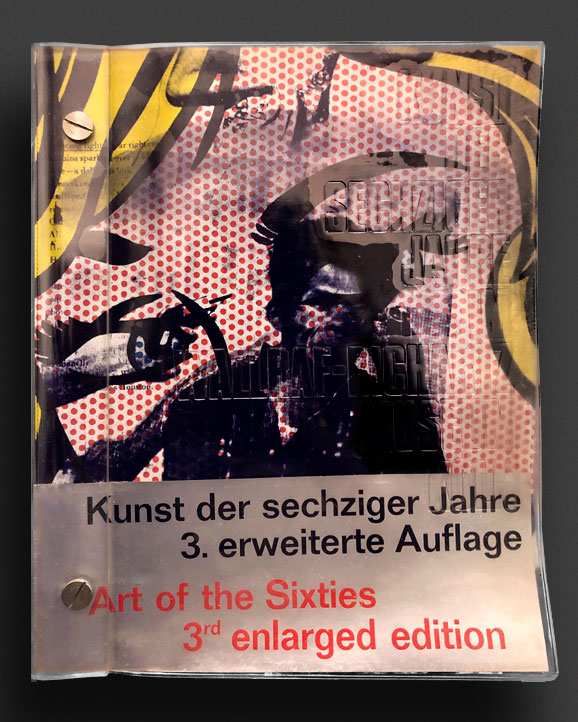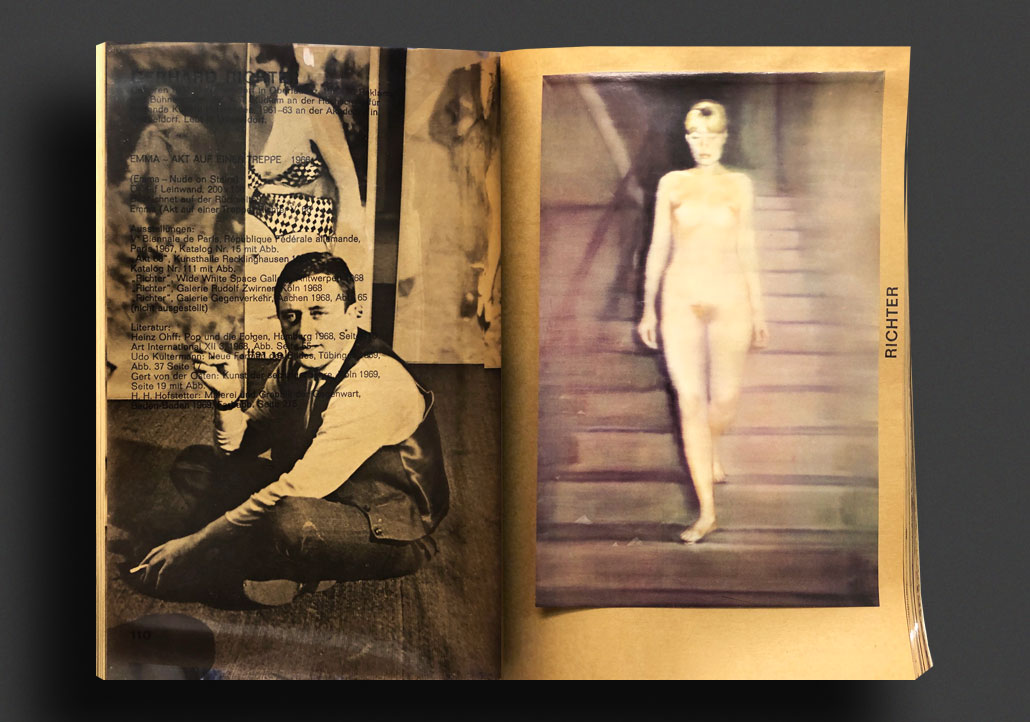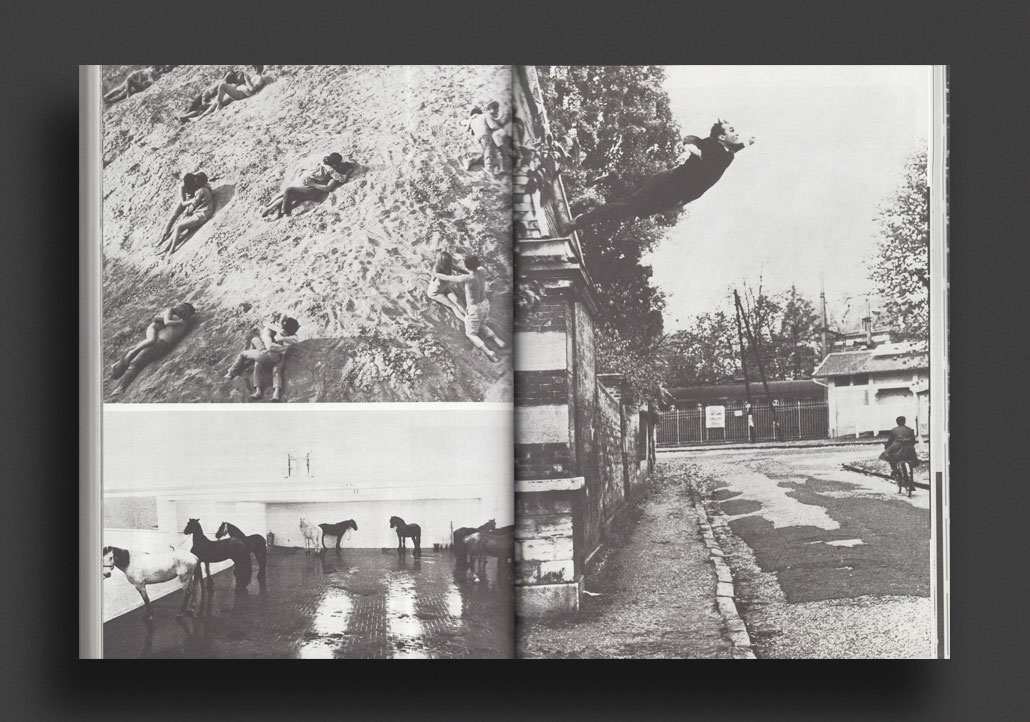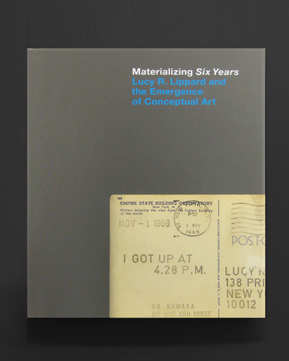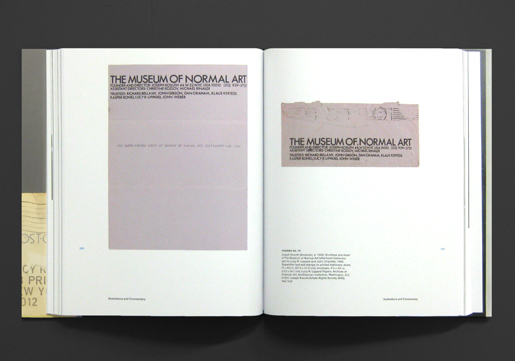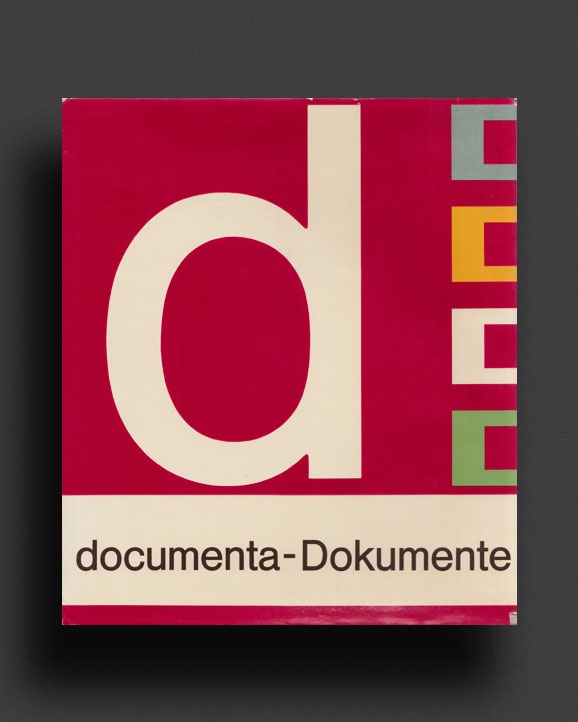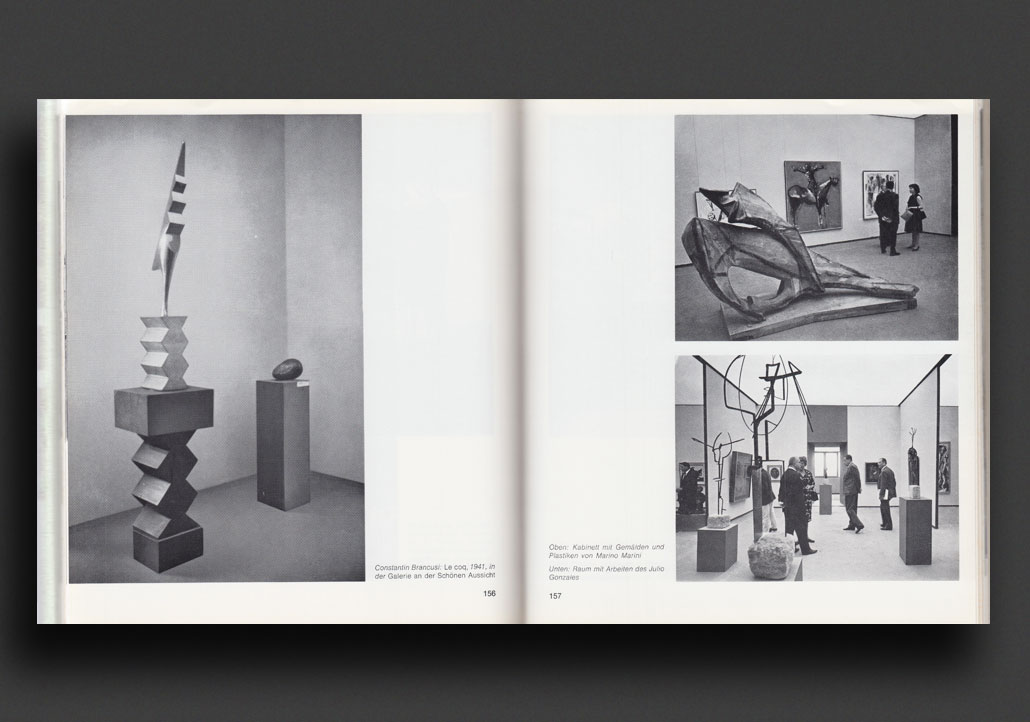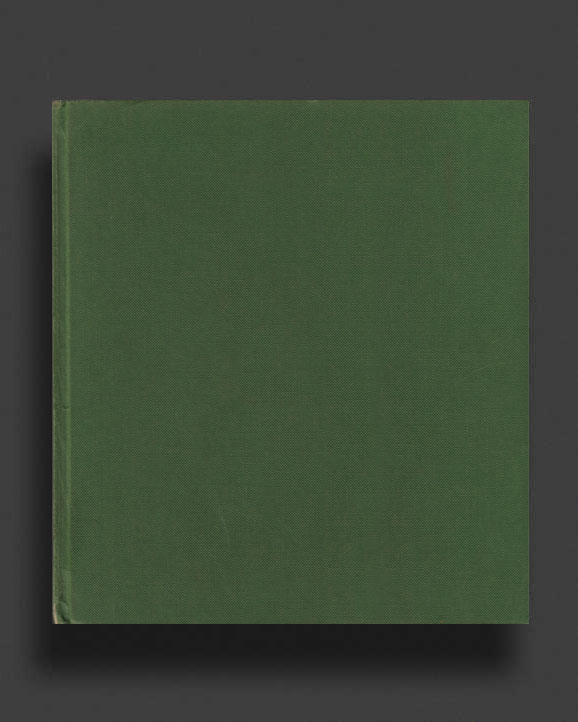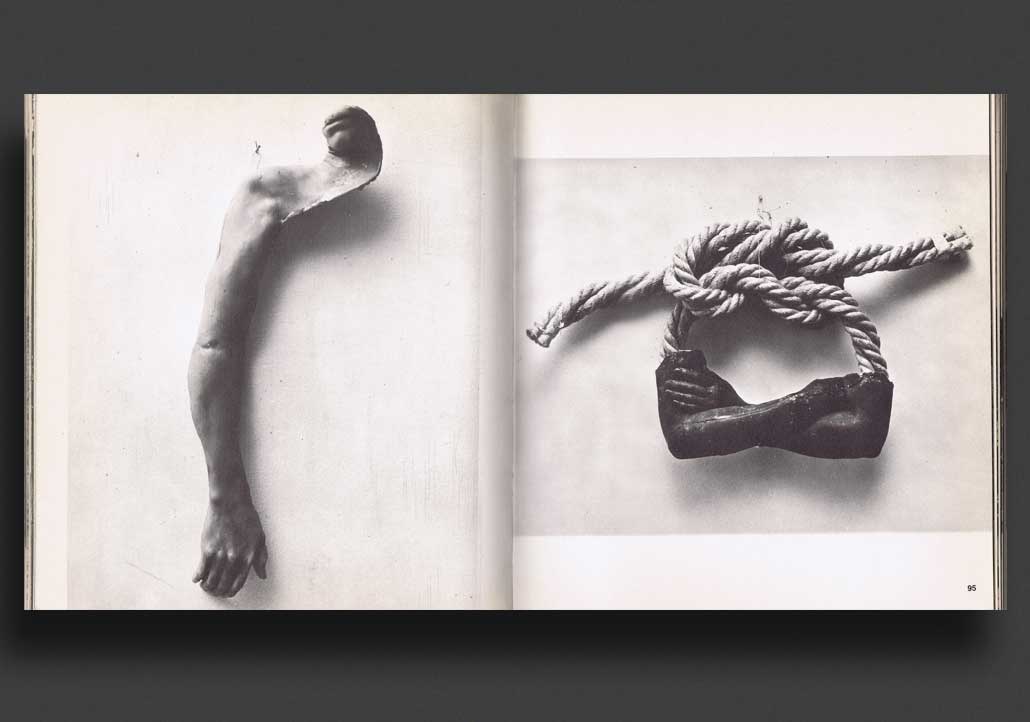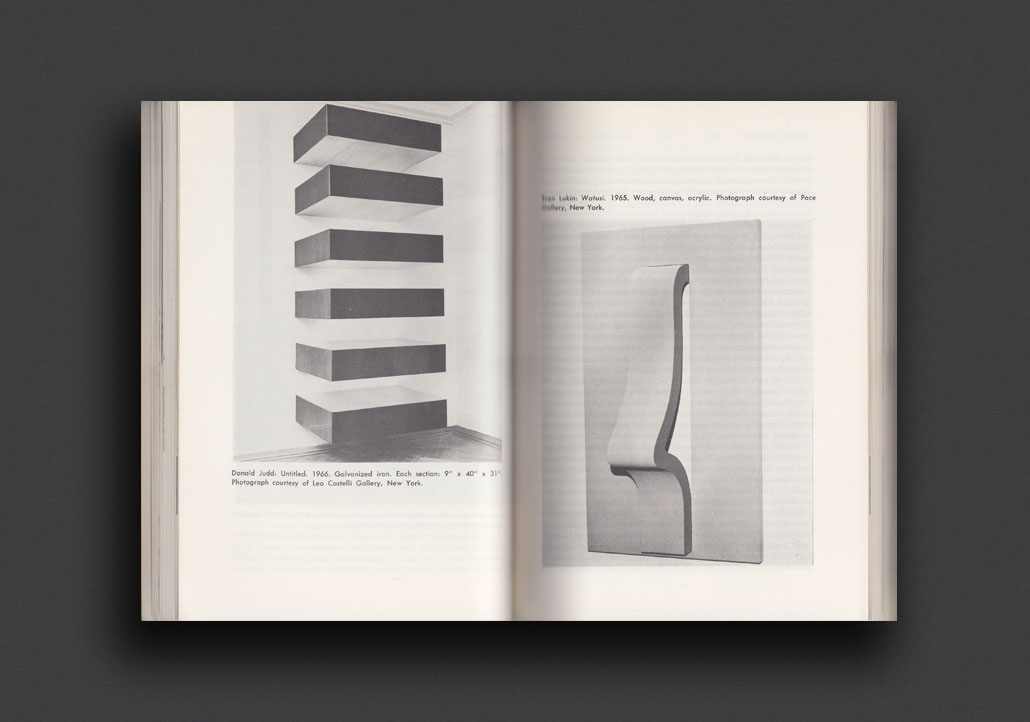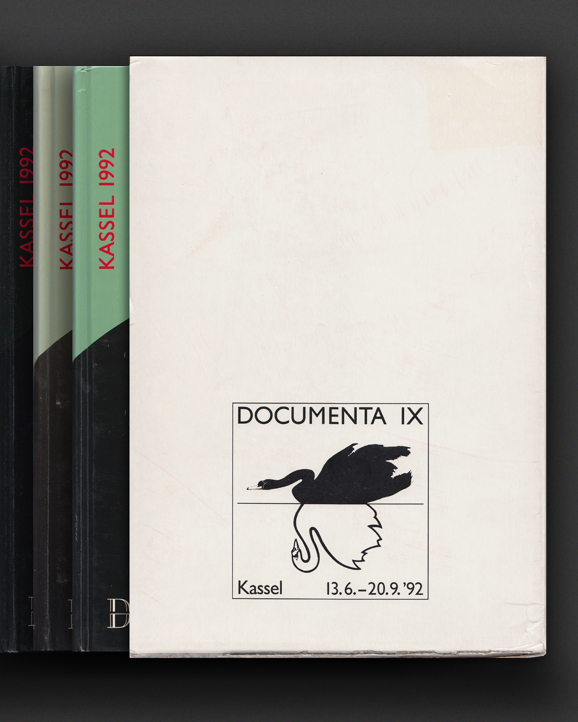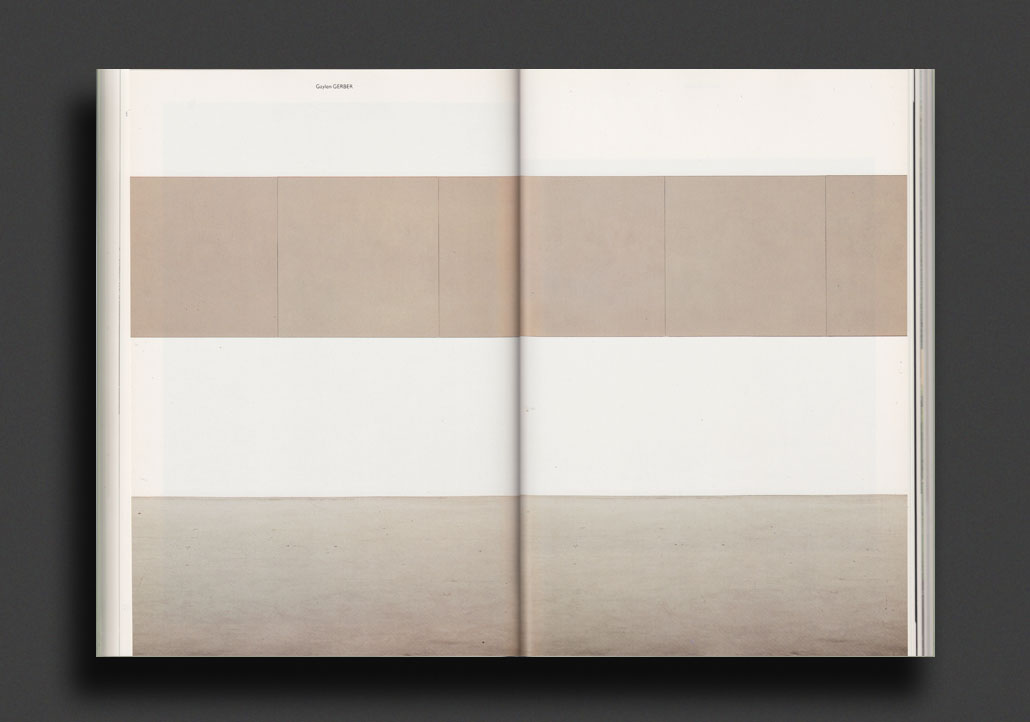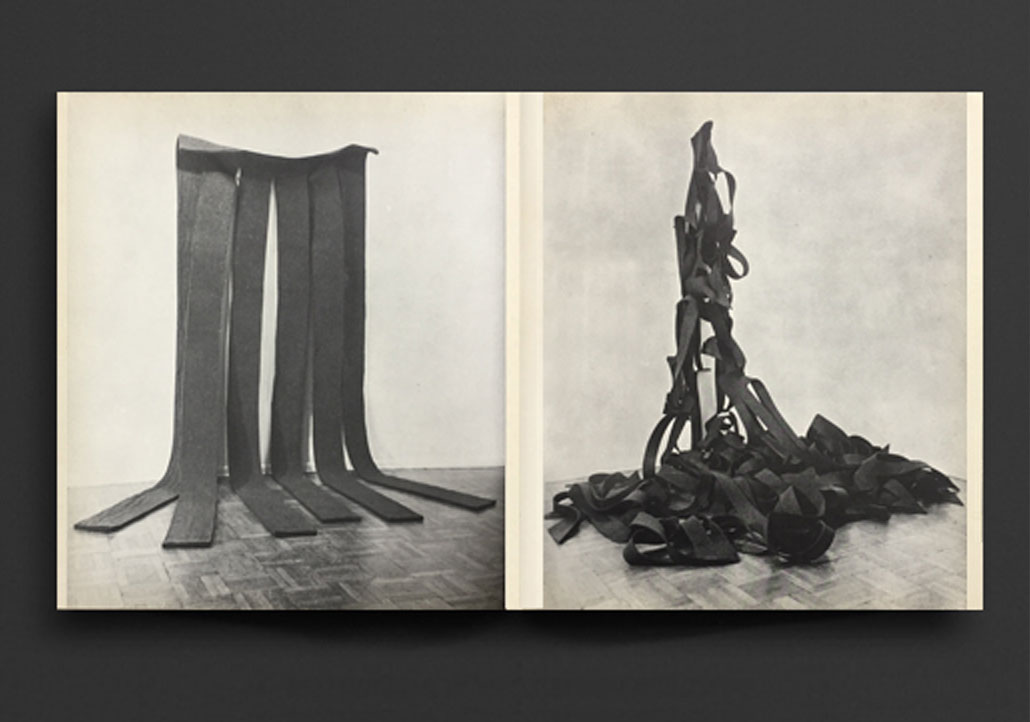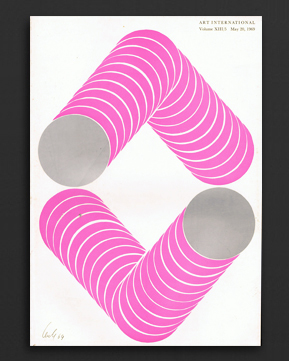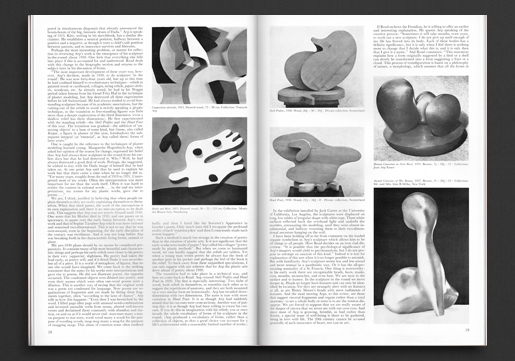(...less)
“Conceptual art, for me, means work in which the idea is paramount and the material form is secondary, lightweight, ephemeral, cheap, unpretentious and/or 'dematerialized.'”—Lucy R. Lippard, Six Years
In 1973 the critic and curator Lucy R. Lippard published Six Years, a book with possibly the longest subtitle in the bibliography of art: The dematerialization of the art object from 1966 to 1972: a cross-reference book of information on some esthetic boundaries: consisting of a bibliography into which are inserted a fragmented text, art works, documents, interviews, and symposia, arranged chronologically and focused on so-called conceptual or information or idea art with mentions of such vaguely designated areas as minimal, anti-form, systems, earth, or process art, occurring now in the Americas, Europe, England, Australia, and Asia (with occasional political overtones) edited and annotated by Lucy R. Lippard. Six Years, sometimes referred to as a conceptual art object itself, not only described and embodied the new type of art-making that Lippard was intent on identifying and cataloging, it also exemplified a new way of criticizing and curating art. The result is a book with the character of a lively contemporary forum that offers an invaluable record of the thinking of the artists—a historical survey and essential reference book for the period. Lippard provides a new preface to this 1997 reprint edition.
Includes: Vito Acconci, Bas Jan Ader, Dennis Adrian, Carl Andre, Eleanor Antin, Keith Arnatt, Art-Language, Richard Artschwager, Michael Asher, David Askevold, John Baldessari, Robert Barry, Frederick Barthelme, N.E. Thing Co., Joseph Beuys, Mel Bochner, Alighiero Boetti, Stanley Brouwn, Daniel Buren, Victor Burgin, Donald Burgy, Ian Burn, Jack Burnham, James Lee Byars, Hanne Darboven, Agnes Denes, Jan Dibbets, Peter Downsbrough, Gerald Ferguson, Rafael Ferrer, Barry Flanagan, Gilbert & George, Dan Graham, Guerrilla Art Action Group, Hans Haacke, Charles Harrison, Michael Heizer, Douglas Huebler, Peter Hutchinson, Stephen Kaltenbach, Allan Kaprow, On Kawara, Joseph Kosuth, Christine Kozlov, John Latham, Barry Le Va, Sol LeWitt, Richard Long, Lee Lozano, Bruce McLean, Walter de Maria, Robert Morris, Bruce Nauman, Claes Oldenburg, Yoko Ono, Dennis Oppenheim, Adrian Piper, Michelangelo Pistoletto, Sigmar Polke, Mel Ramsden, Allen Ruppersberg, Edward Ruscha, Robert Ryman, Gerry Schum, Richard Serra, Willoughby Sharp, Seth Siegelaub, Tony Smith, Robert Smithson, Michael Snow, Keith Sonnier, Athena Tacha Spear, Bernar Venet, Wolf Vostell, Franz Erhard Walther, William Wegman, Lawrence Weiner, William Wiley, Ian Wilson, La Monte Young
"Essential source book of documentation of the Conceptual Art, Land Art, Earth Art, Arte Povera, Minimal Art, Performance Art, Video Art movements. Documents the activities, day by day, month by month, year by year of artists including Vito Acconci, Bas Jan Ader, Dennis Adrian, Carl Andre, Eleanor Antin, Keith Arnatt, Art-Language, Richard Artschwager, Michael Asher, David Askevold, John Baldessari, Robert Barry, Frederick Barthelme, N.E. Thing Co., Josef Beuys, Mel Bochner, Alighiero Boetti, Stanley Brouwn, Daniel Buren, Victor Burgin, Donald Burgy, Ian Burn, Jack Burnham, James Lee Byars, Hanne Darboven, Agnes Denes, Jan Dibbets, Peter Downsbrough, Gerald Ferguson, Rafael Ferrer, Barry Flanagan, Gilbert & George, Dan Graham, Guerrilla Art Action Group, Hans Haacke, Charles Harrison, Michael Heizer, Douglas Huebler, Peter Hutchinson, Stephen Kaltenbach, Allan Kaprow, On Kawara, Joseph Kosuth, Christine Kozlov, John Latham, Barry Le Va, Sol LeWitt, Richard Long, Lee Lozano, Bruce McLean, Walter de Maria, Robert Morris, Bruce Nauman, Claes Oldenburg, Yoko Ono, Dennis Oppenheim, Adrian Piper, Michelangelo Pistoletto, Sigmar Polke, Mel Ramsden, Allen Ruppersberg, Edward Ruscha, Robert Ryman, Gerry Schum, Richard Serra, Willoughby Sharp, Seth Siegelaub, Tony Smith, Robert Smithson, Michael Snow, Keith Sonnier, Athena Tacha Spear, Bernar Venet, Wolf Vostell, Franz Erhard Walther, William Wegman, Lawrence Weiner, William Wiley, Ian Wilson, La Monte Young and others. "The unusual form of this provocative book intentionally reflects the chaotic network of ideas connected with so-called conceptual art or information art or idea art, in America and abroad, from 1966 to 1972. Arranged as a continuous bibliographical chronology, into which is woven a rich collection of original documents - including texts by, and taped discussions with and among, the artists involved - and annotations by Lucy R. Lippard, the book has the informal quality of a lively contemporary forum. Only a minimum of order is imposed; for the most part the reader is left to confront the curious compendium of information on his or her own, to follow changing ideas and artistic developments over the six-year period, to witness the gradual (and controversial) "dematerialization" of the art object." -- publisher's statement."
Good—Very Good copy with general light shelf wear and tanning to spine.
File under:
Vito Acconci
Bas Jan Ader
Dennis Adrian
Carl Andre
Eleanor Antin
Keith Arnatt
Art-Language
Richard Artschwager
Michael Asher
David Askevold
John Baldessari
Robert Barry
Frederick Barthelme
N.E. Thing Co.
Joseph Beuys
Mel Bochner
Alighiero Boetti
Stanley Brouwn
Daniel Buren
Victor Burgin
Donald Burgy
Ian Burn
Jack Burnham
James Lee Byars
Hanne Darboven
Agnes Denes
Jan Dibbets
Peter Downsbrough
Gerald Ferguson
Rafael Ferrer
Barry Flanagan
Gilbert & George
Dan Graham
Guerrilla Art Action Group
Hans Haacke
Charles Harrison
Michael Heizer
Douglas Huebler
Peter Hutchinson
Stephen Kaltenbach
Allan Kaprow
On Kawara
Joseph Kosuth
Christine Kozlov
John Latham
Barry Le Va
Sol LeWitt
Richard Long
Lee Lozano
Bruce McLean
Walter de Maria
Robert Morris
Bruce Nauman
Claes Oldenburg
Yoko Ono
Dennis Oppenheim
Adrian Piper
Michelangelo Pistoletto
Sigmar Polke
Mel Ramsden
Allen Ruppersberg
Edward Ruscha
Robert Ryman
Gerry Schum
Richard Serra
Willoughby Sharp
Seth Siegelaub
Tony Smith
Robert Smithson
Michael Snow
Keith Sonnier
Athena Tacha Spear
Bernar Venet
Wolf Vostell
Franz Erhard Walther
William Wegman
Lawrence Weiner
William Wiley
Ian Wilson
La Monte Young
Lucy R. Lippard
University of Chicago Press / Chicago
Conceptual Art
Arte Povera
Minimal Art
Performance / Dance / Theater
Feminism
Curatorial
Out-of-print / Rare
Theory / Essay
Art
Photography
Film / Video
Ecology / Earth
Fluxus
Group Shows / Collections
Sculpture / Installation




















































































































































